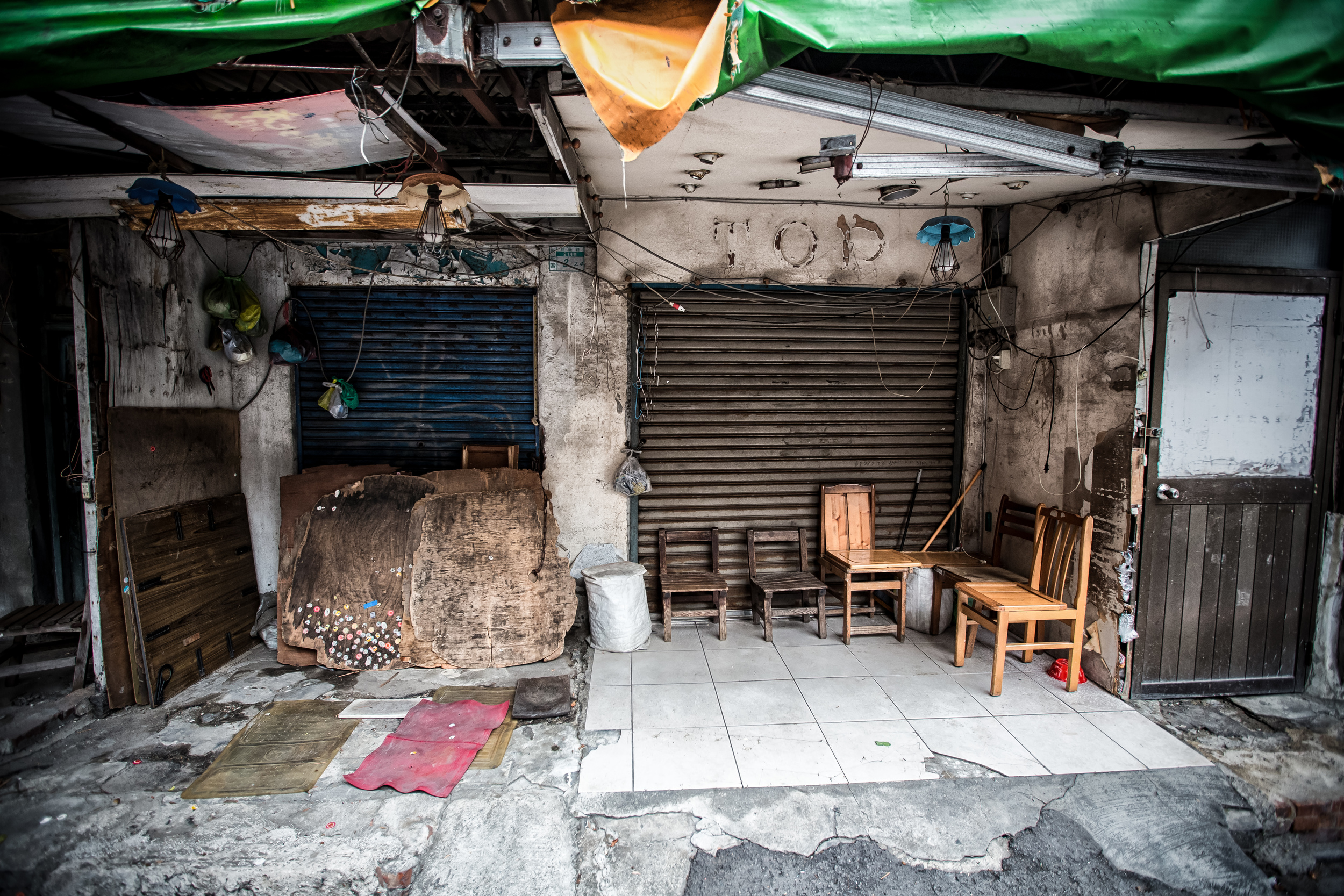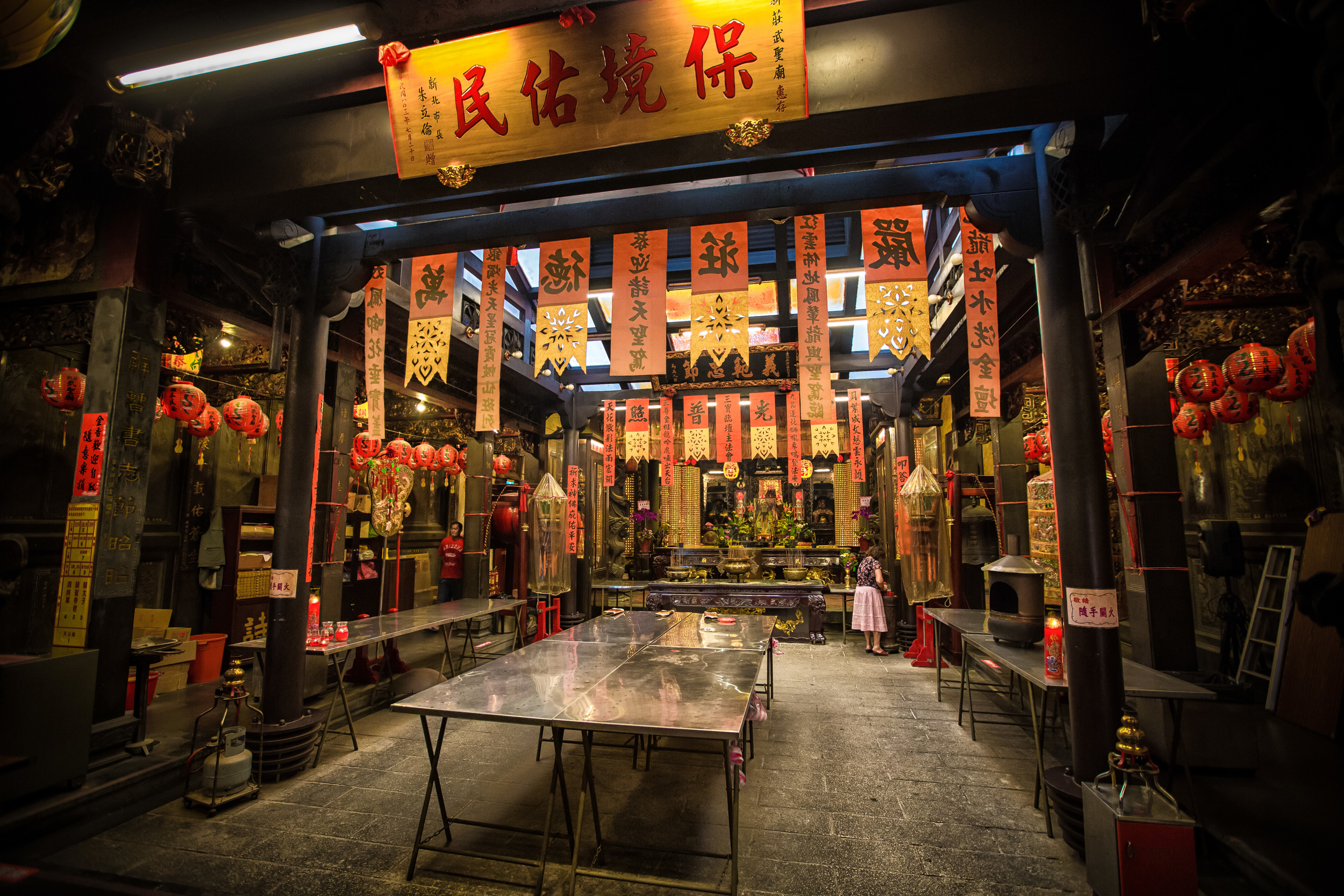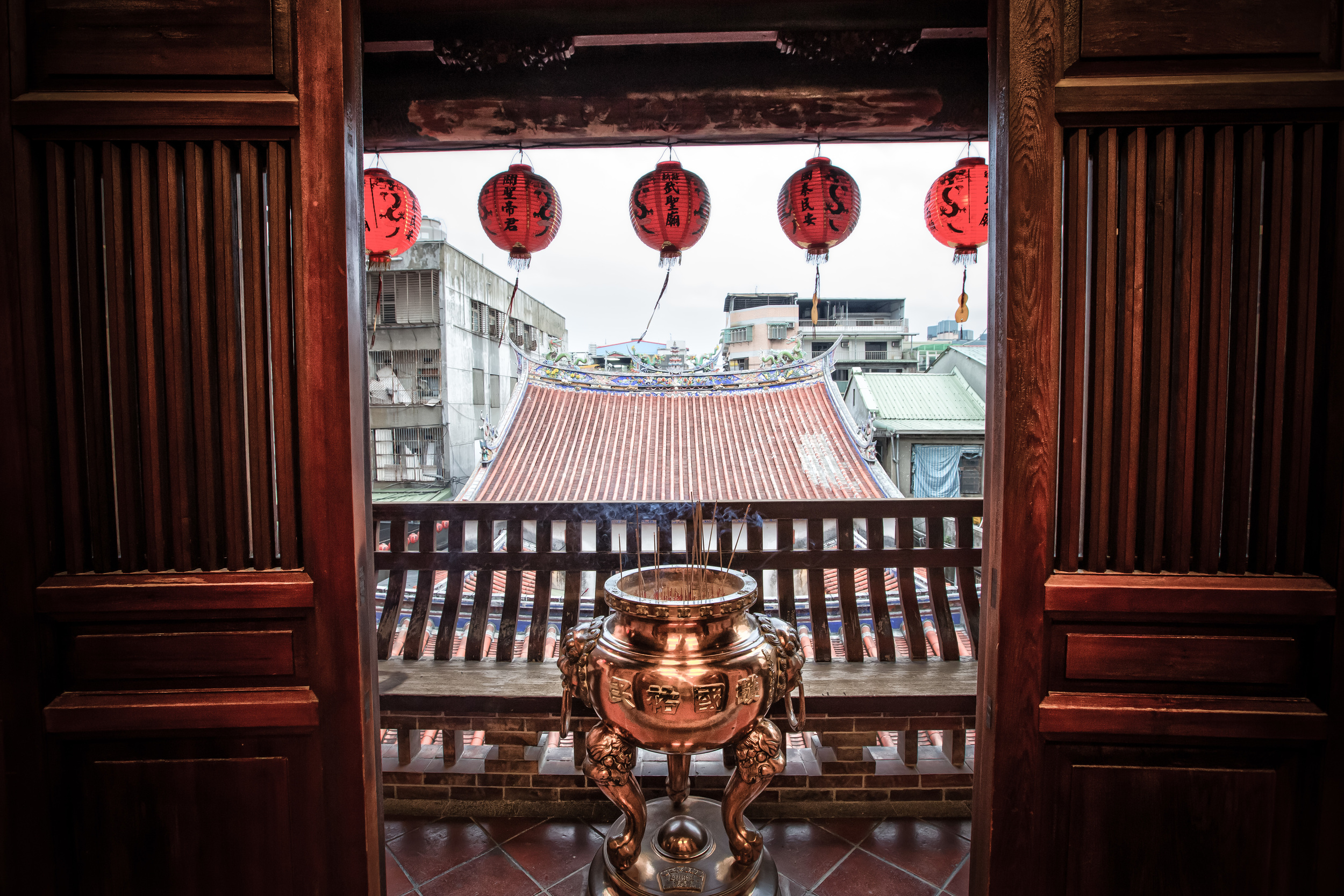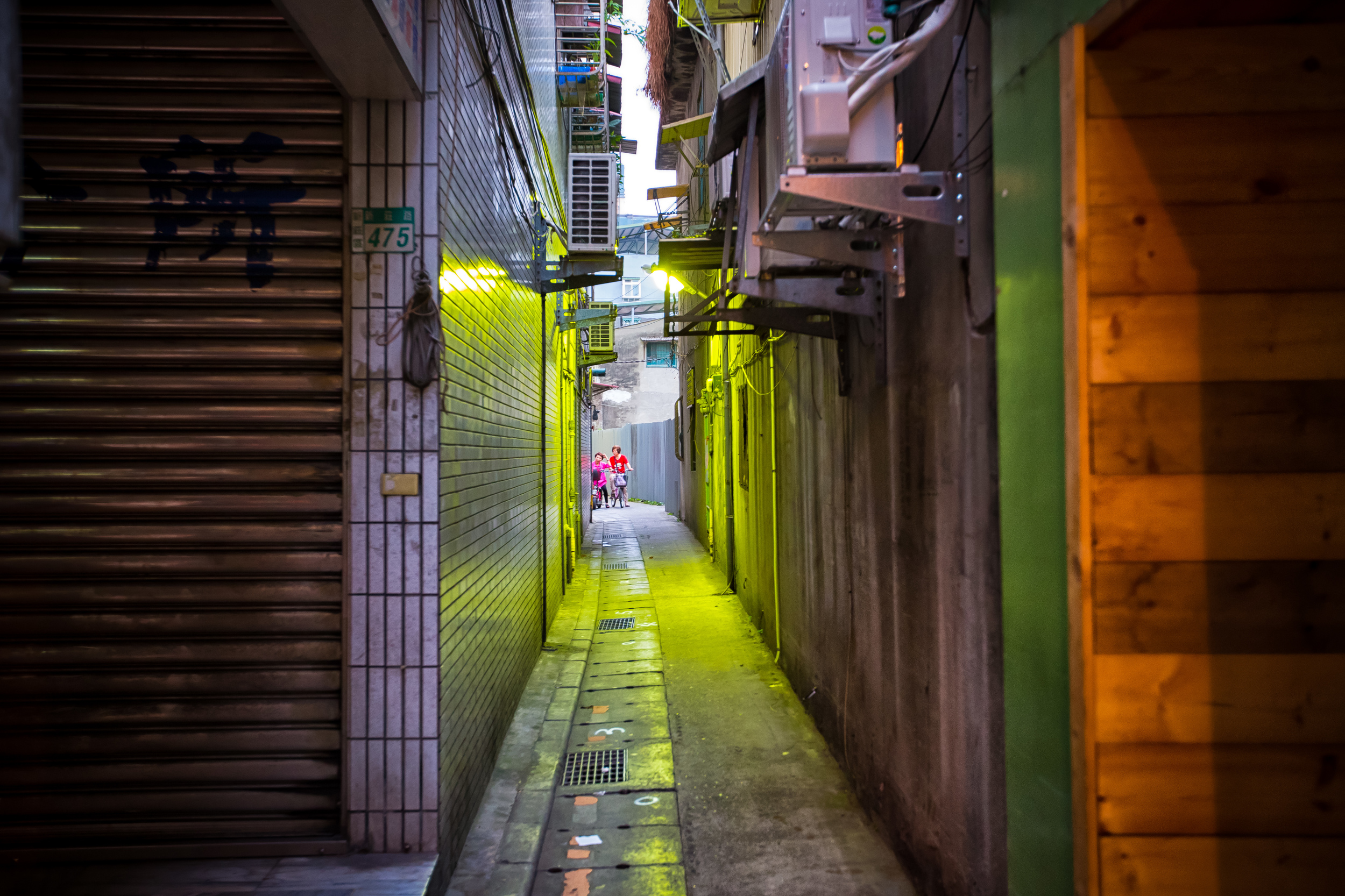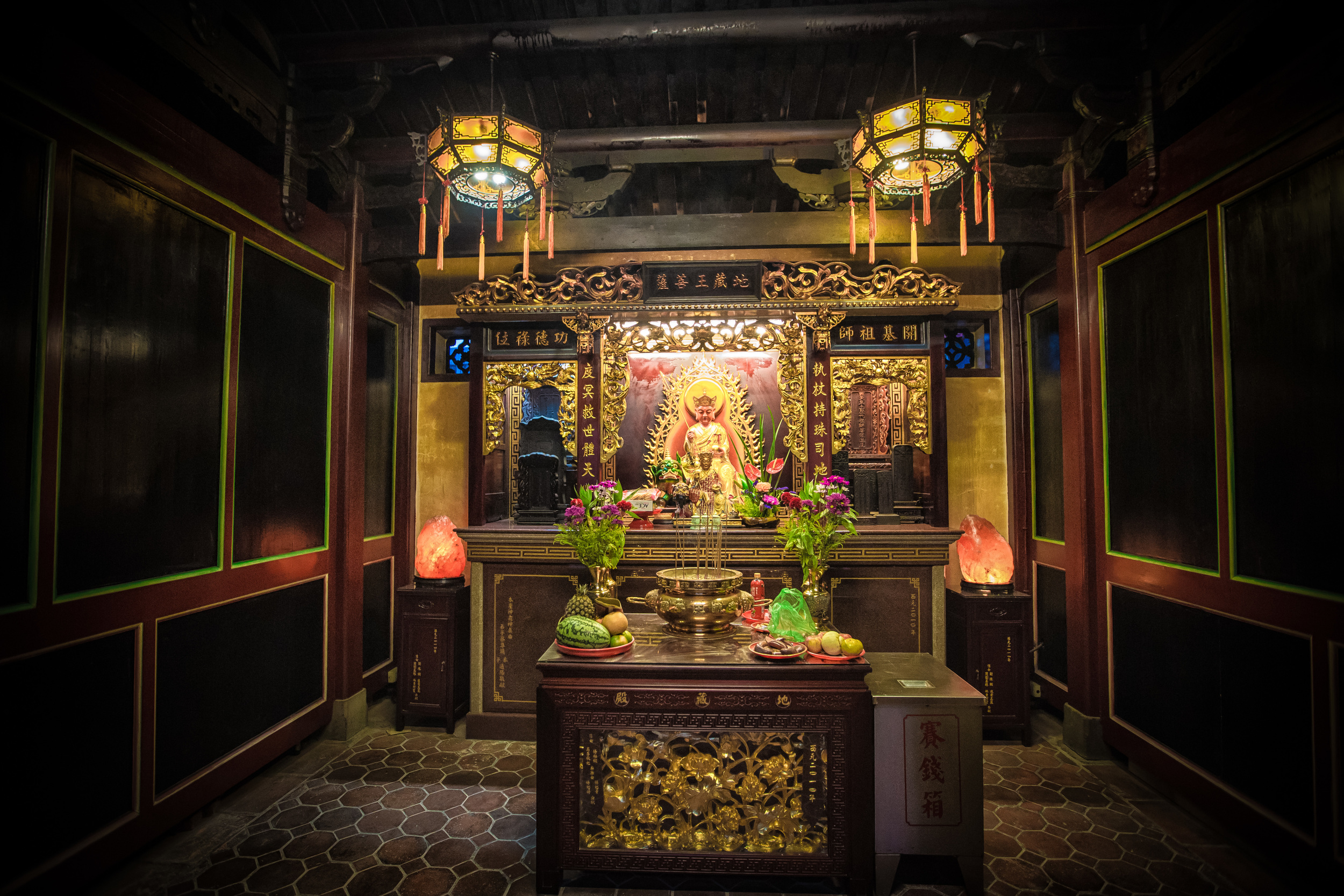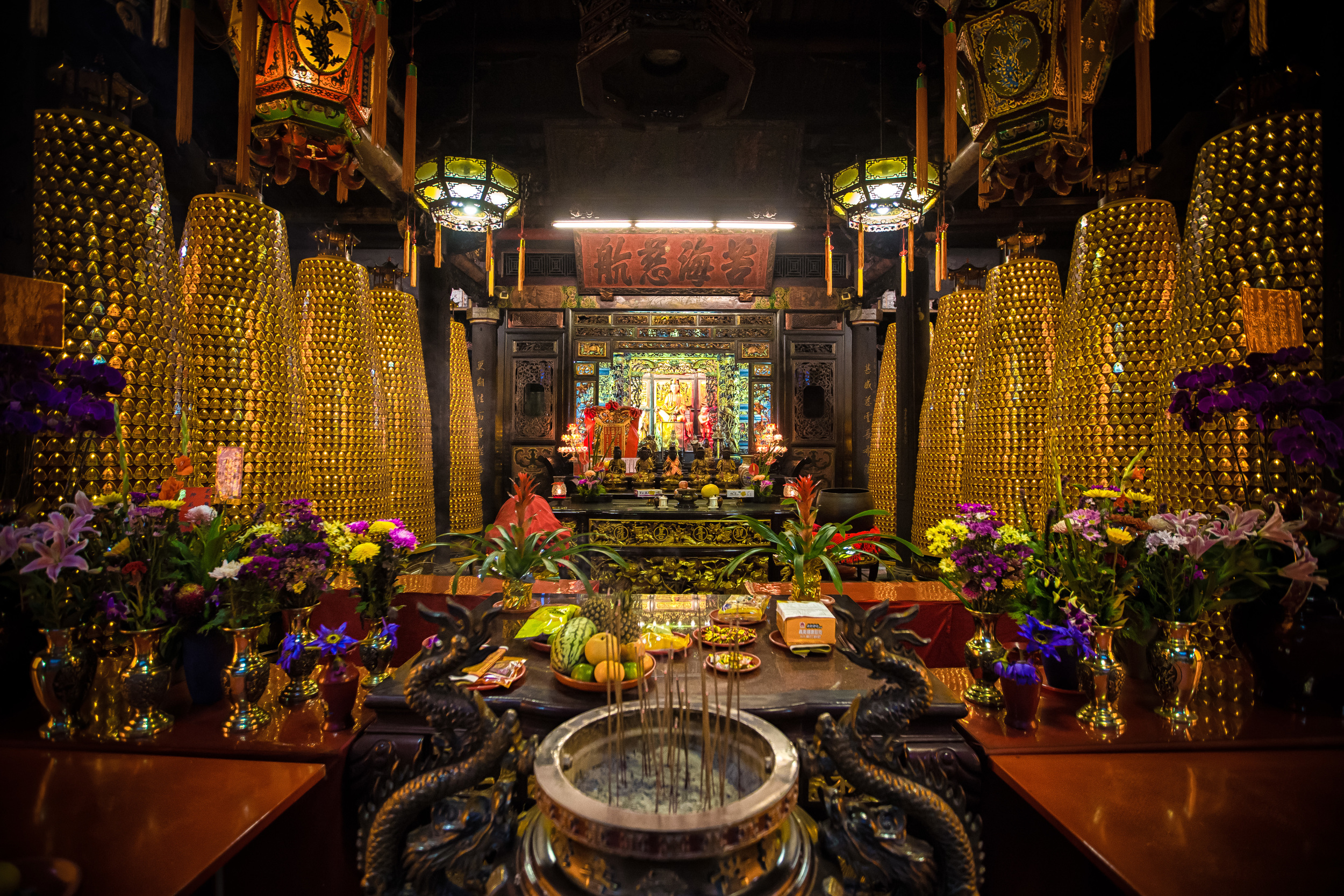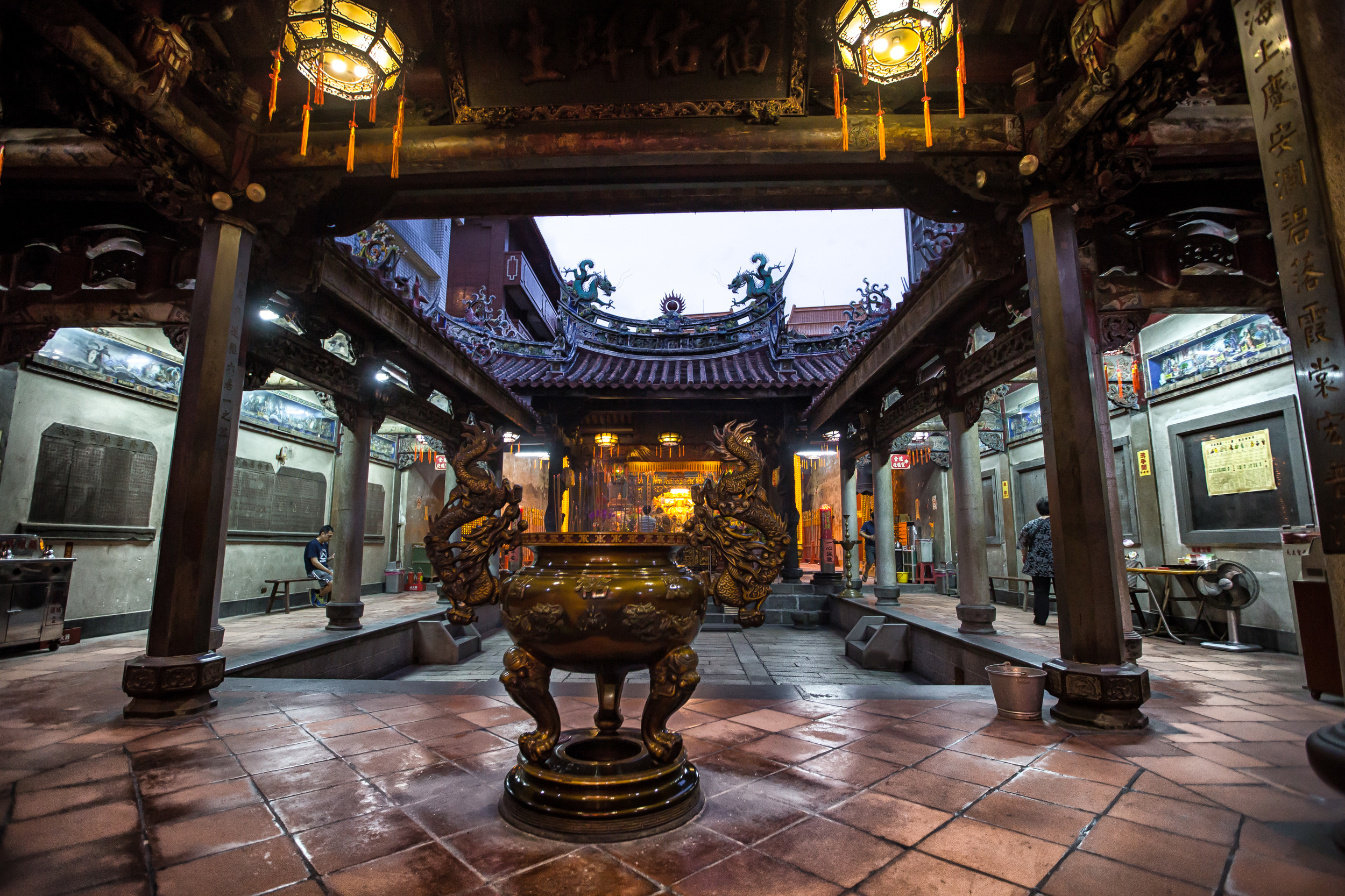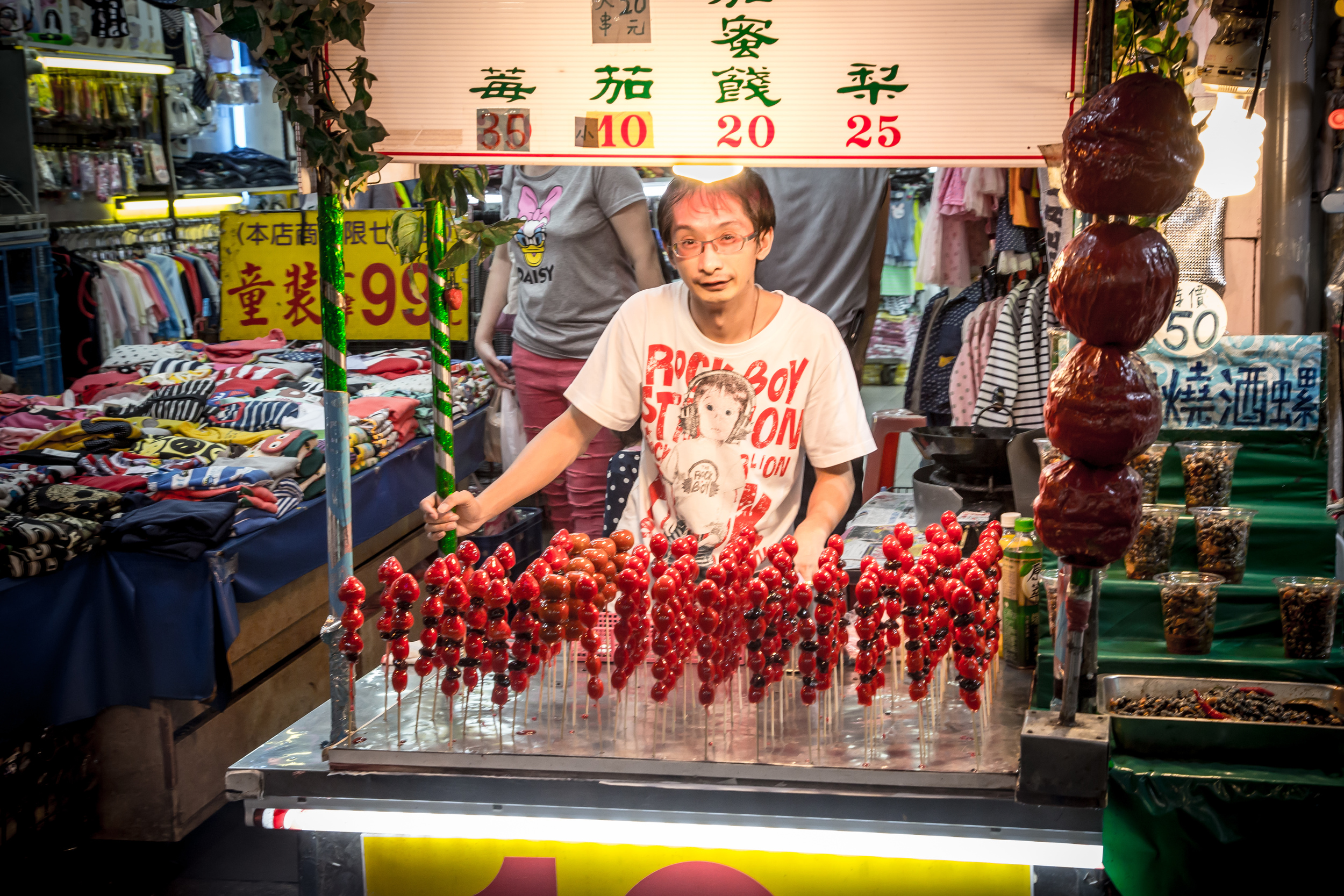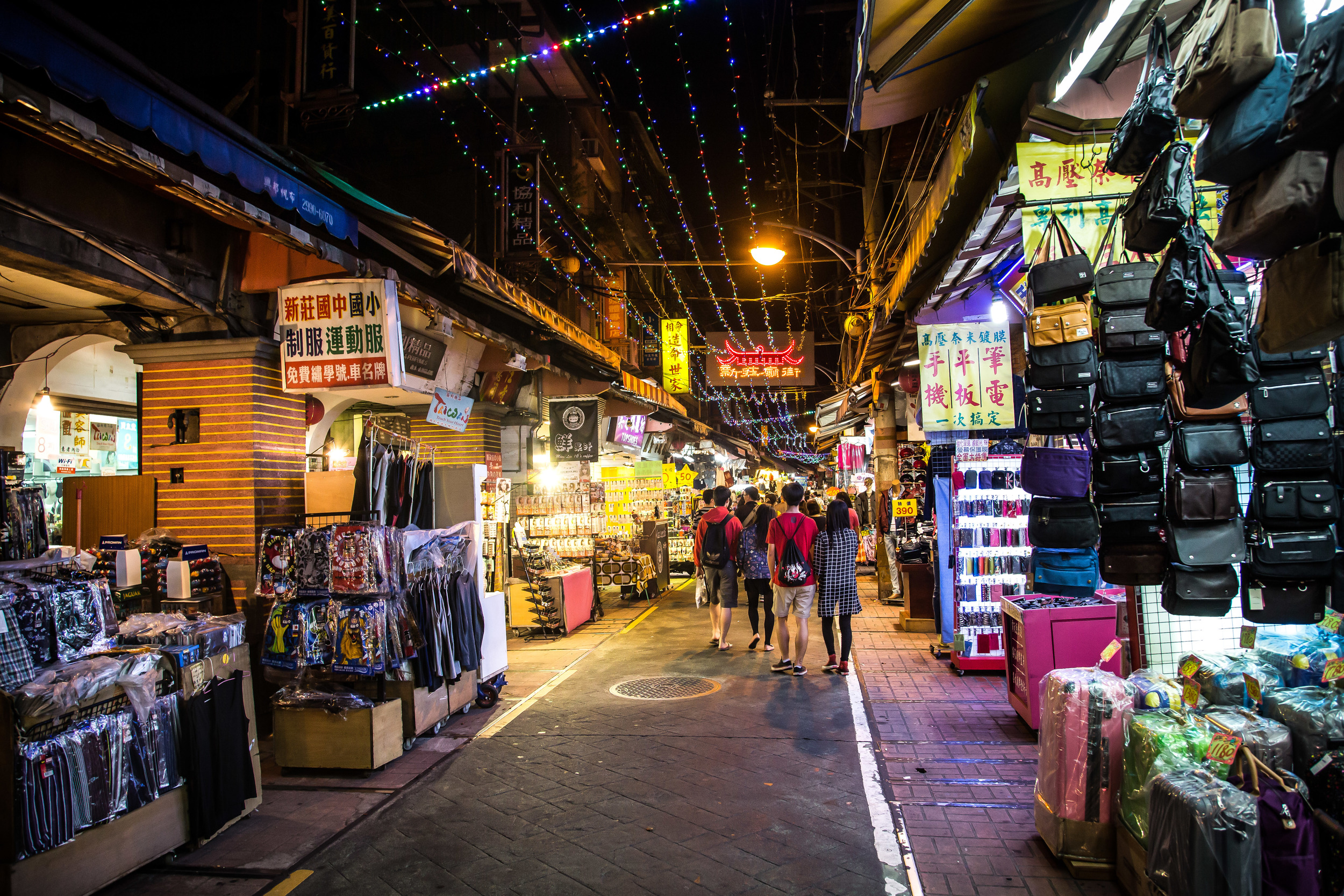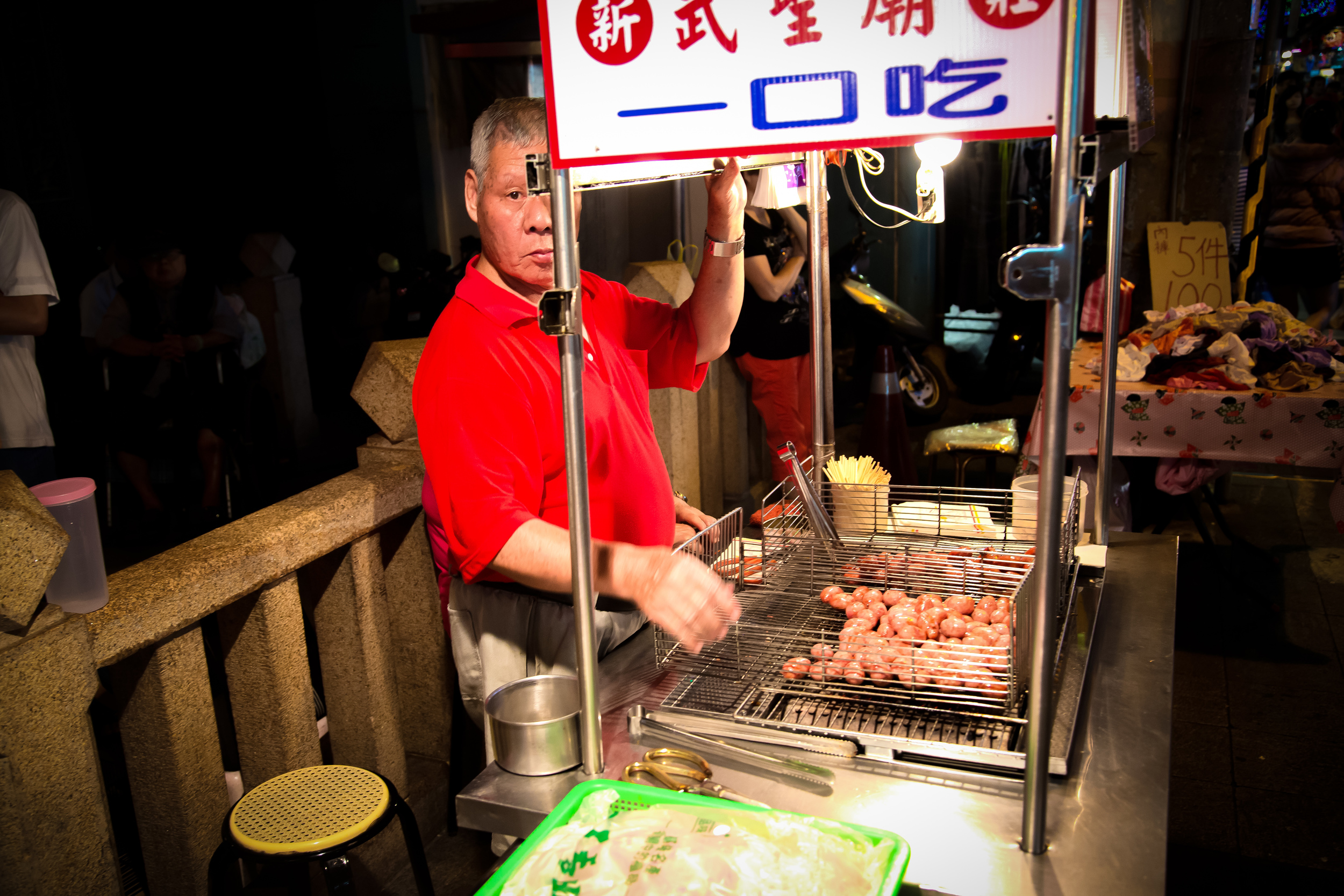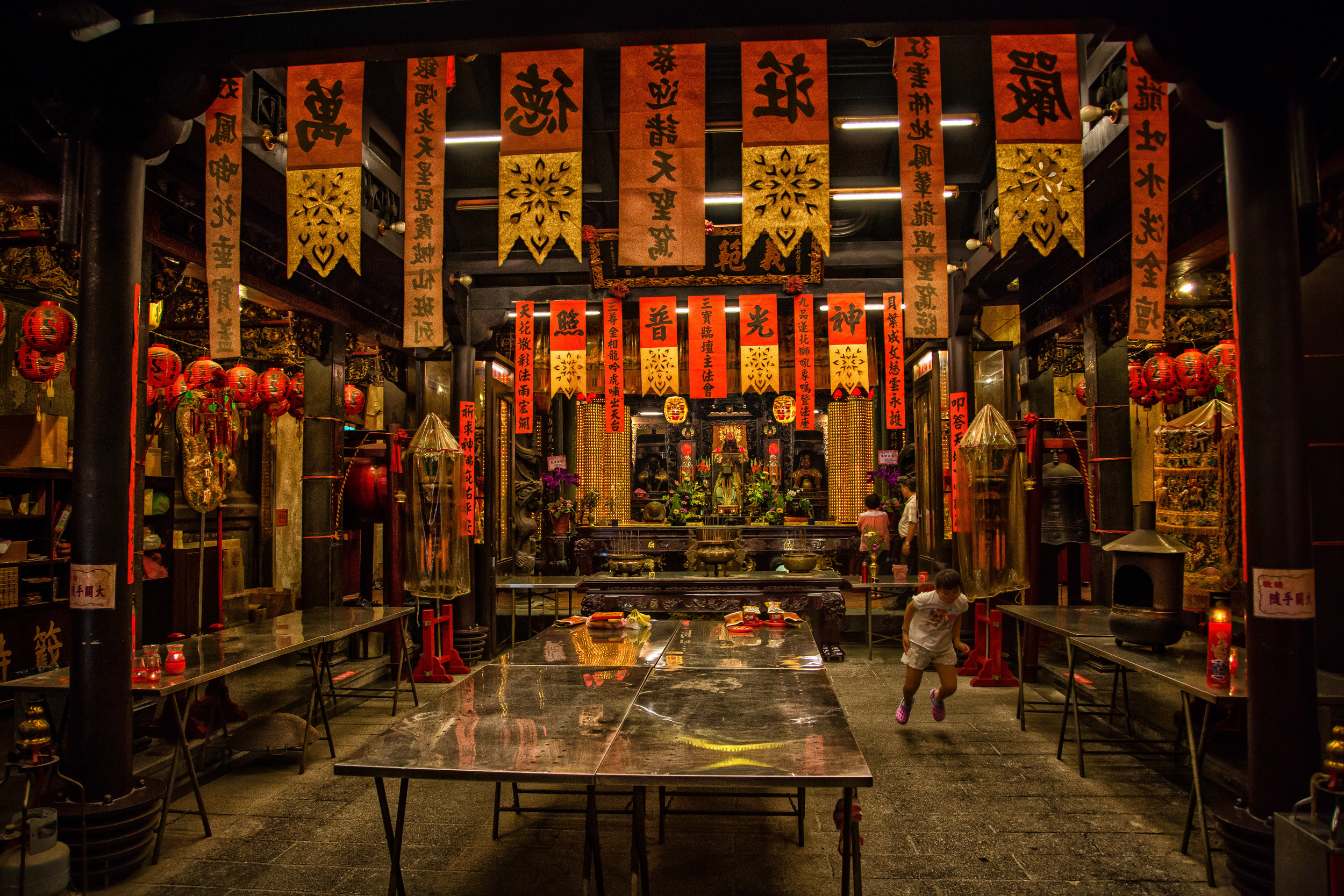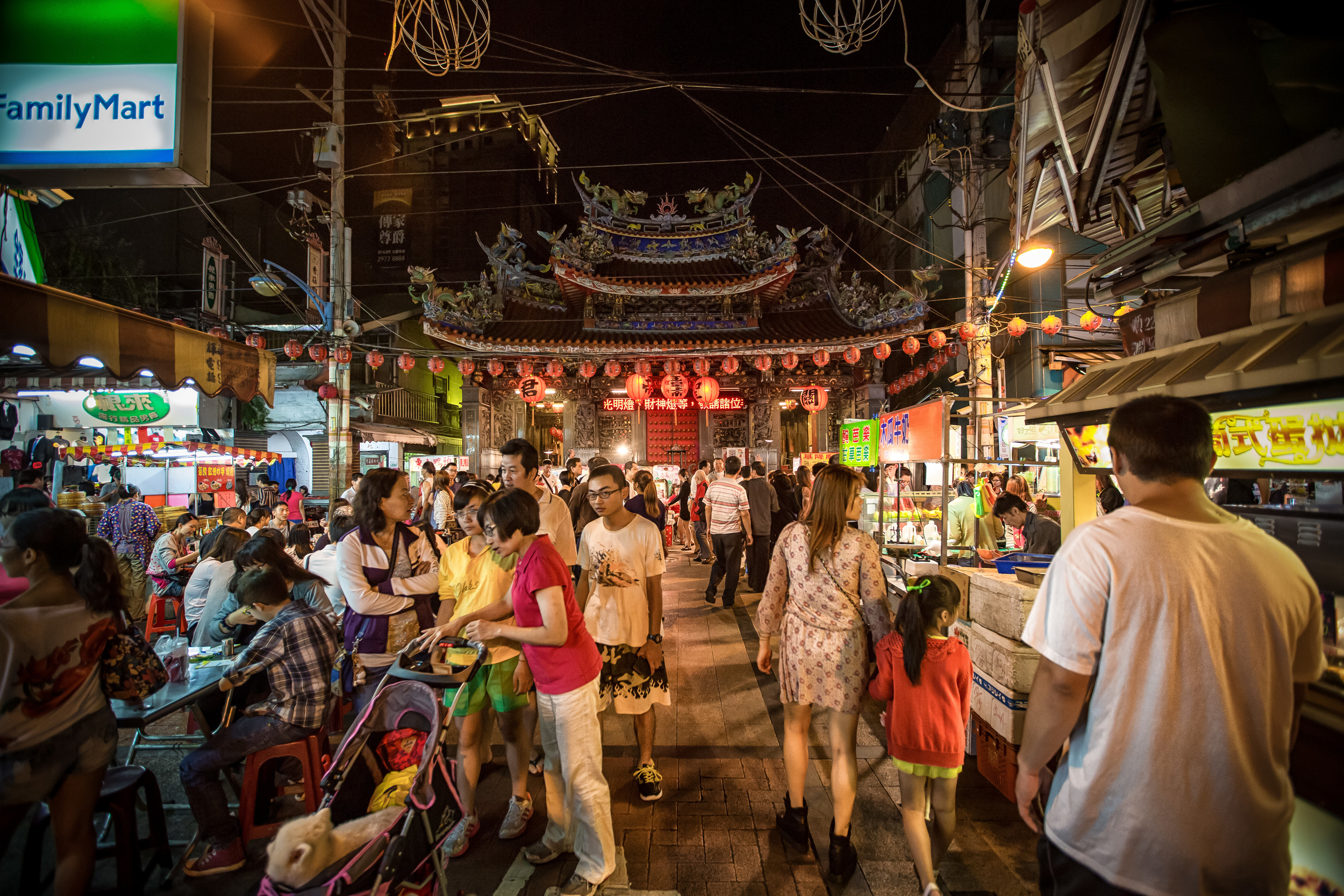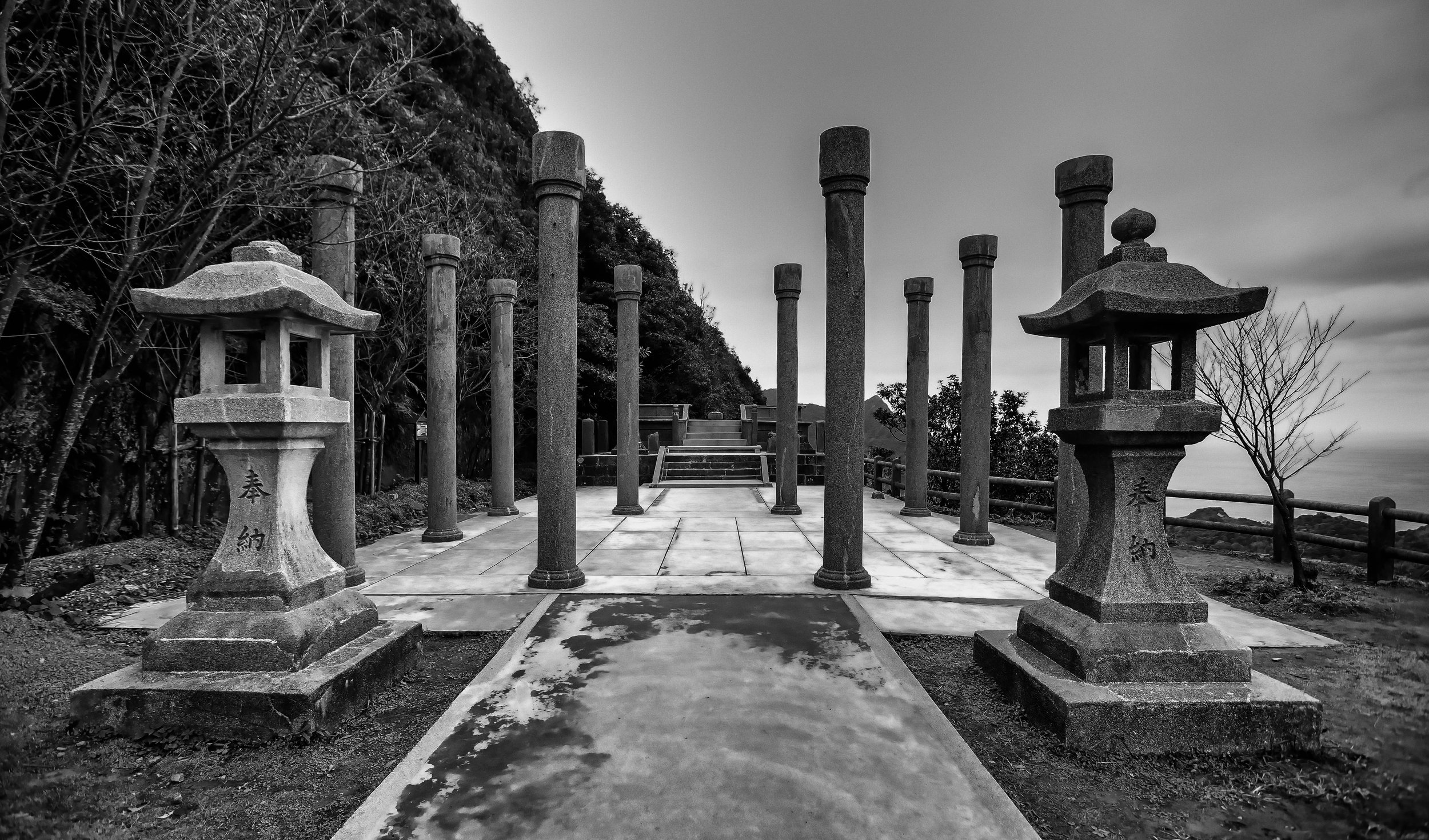Xiao Wulai (小烏來) or "Little Wulai" is a scenic waterfall park in the mountains of Taoyuan (桃園) in Taiwan that features several large waterfalls, hiking paths, hot springs, and the opportunity to experience a bit of Taiwan's Indigenous culture.
The area is often confused with the Wulai District (烏來區) of New Taipei City (新北市). The Wulai area in New Taipei City also has a giant waterfall, but its more well-known for its hot springs resort area where people like to go to enjoy a nice hot volcanic bath during the cold winter months.
Both areas are inhabited predominately by the Atayal tribe (泰雅族) one of the largest of the Indigenous groups in Taiwan. In the Atayal language, both areas were known as “Ulay” (Kiluh-ulay) which referred to the volcanic hot springs found in each.
Coincidentally “Kiluh-Ulay” translated into English loosely means “Be careful, the water is hot.” (小心水很燙)
When the Nationalist Government took control of the island, both areas names became known as “Wulai” (烏來) which was transliterated from the Atayal language into Mandarin.
Xiao Wulai likely became known as "Little Wulai" at the time because the waterfall in New Taipei City is much higher (but not nearly as beautiful as Xiao Wulai)
I’ve usually visit the park at least once a year and have explored the area many times. Its not a short drive from where I live, but its a beautiful drive that takes you away from the noise, commotion and pollution of the city through the Daxi river valley and up into the Indigenous village of Fuxing (復興鄉) where the air is clean, the water is fresh and the pace of life is much slower. (And during the summer months, you can find peaches everywhere.)
If you continue driving past the Xiao Wulai park the road eventually takes you across the Fuxing bridge up into Baling (巴陵) and across the famous Northern Cross Highway (北部橫貫公路) which is well known for its mountain views and ultimately brings to you back down into Yilan county (宜蘭縣) on the eastern coast of Taiwan.
Each time I’ve visited the park there have been constant noticeable changes. The county government has been investing a lot in the area over the years trying to make “Xiao Wulai” a popular tourist destination. I have to admit that my first few visits were the best when the area wasn’t developed very well. There was a simple hiking path that would take you to the base of the falls and other paths that would take you around the falls and behind it to the Dragon-Phoenix Waterfall (龍鳳瀑布).
During these earlier visits there was easy access to the the base of the falls, but for obvious safety reasons there are now barricades stopping people from getting too close (as it would be too dangerous to have a bunch of tourists trying to navigate around a bunch of wet rocks and a giant waterfall.)
The good news for the majority of tourists is that the government has recently invested almost $8 million New Taiwan Dollars ($250,000 USD) into the construction of a skywalk that allows tourists to walk on a transparent glass floor that is very close to the top of the falls and 70 meters above the base. This was a major tourist attraction when it first opened and the lines were huge. I hadn't actually tried walking across the skywalk until my most recent visit and even then I wasn't particularly interested (which is why there are no pictures of it.)
As an avid hiker and nature photographer, I’m not particularly interested in that kind of tourist trap and I’d much prefer to take the short and very easy one hour hike from the falls observatory down to the base and enjoy the mountain air and scenery away from the crowds.
Since the completion of the skywalk and due to its popularity, the majority of people visiting the park will make their way in that direction. The well-developed pathway to the base of the waterfalls is relatively empty - So once you arrive at the falls, if you are so inclined, it is easy to climb under the bridge and get a bit of a closer view of the falls.
You do need to exercise caution though. The river running from the base of the falls can flow quite quickly, especially during the rainy season and rocks are often wet from the rain and the constant mist, so its very easy to slip. You’re no where near a hospital and should anything serious happen, you’d be out of luck.
The Xiao Wulai Waterfall is one of the biggest and said to be one of the most beautiful waterfalls in northern Taiwan. It is considered special because you can see it from close up and from a distance due its location in a clearing in the mountain.
There is a constant heavy flow of water from the waterfall during both the rainy season and the summer months so any time you visit you’ll have no problem enjoying the natural beauty of the area.
From the base of the falls you can make your way back up to the trailhead or go back to take another path which will lead you around the mountain and ultimately behind the falls to where they are currently constructing a new pathway and observatory for the Dragon-Phoenix Waterfalls. (Often incorrectly named the Double-Dragon waterfalls) It wasn’t possible during this visit for me to get to see both layers of the Dragon and the Phoenix waterfalls because the top layer was closed due to construction.
The area around Wulai has developed quite a lot over the years and there are now restaurants, coffee shops and vendors selling food as well. There are new hotels opening in the village near the falls and you can also enjoy some swimming areas during the summer months.
If you do visit Xiao Wulai, you need to make sure to sample some Indigenous food which if you ask me, is probably one of the best styles of food found in Taiwan. The area is well known for its mushrooms, so be sure to try some deep-fried mushrooms, some wild boar, rice baked in a bamboo shoot and any of the awesome mountain vegetables that you won’t find on tables anywhere else in the country!
Getting There
No. 3 National Highway (國道三號) -> Dasi Interchange (大溪交流道) -> Dasi (大溪) -> Fuxing (復興) -> No. 7 Provincial Highway (台7線) -> Xiayun Bridge (霞雲橋) -> Xiao Wulai Scenic Area (小烏來風景區)
By Scooter/Motorcycle:
From Taoyuan (桃園) or Zhongli (中壢)make your way to Dasi (大溪) -> Fuxing (復興) -> No. 7 Provincial Highway (台7線) -> Xiayun Bridge (霞雲橋) -> Xiao Wulai Scenic Area (小烏來風景區)



